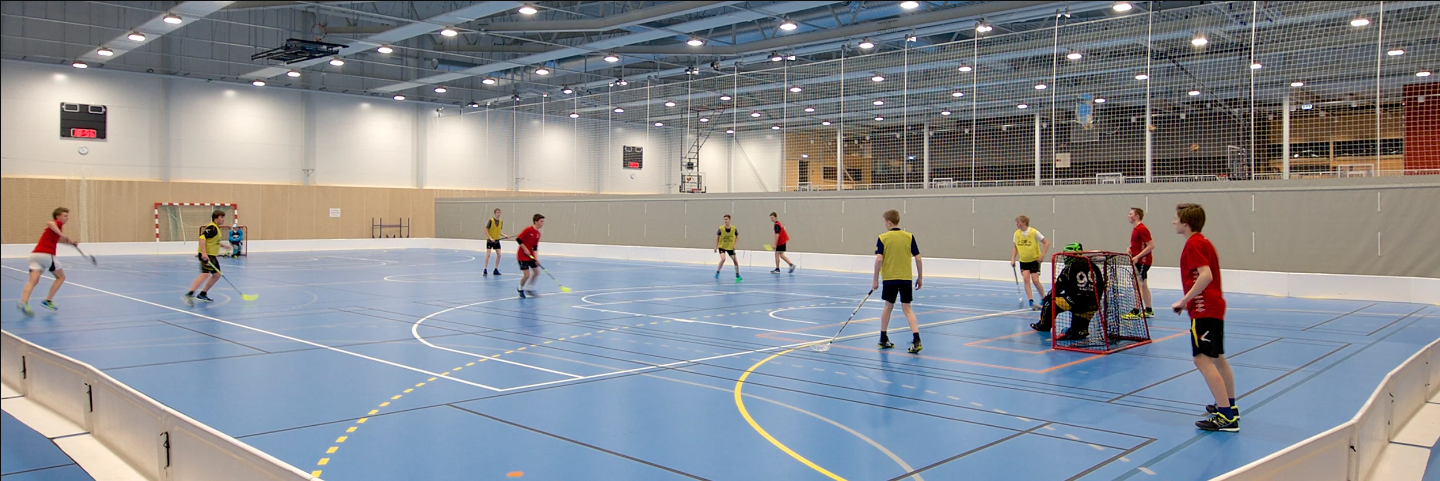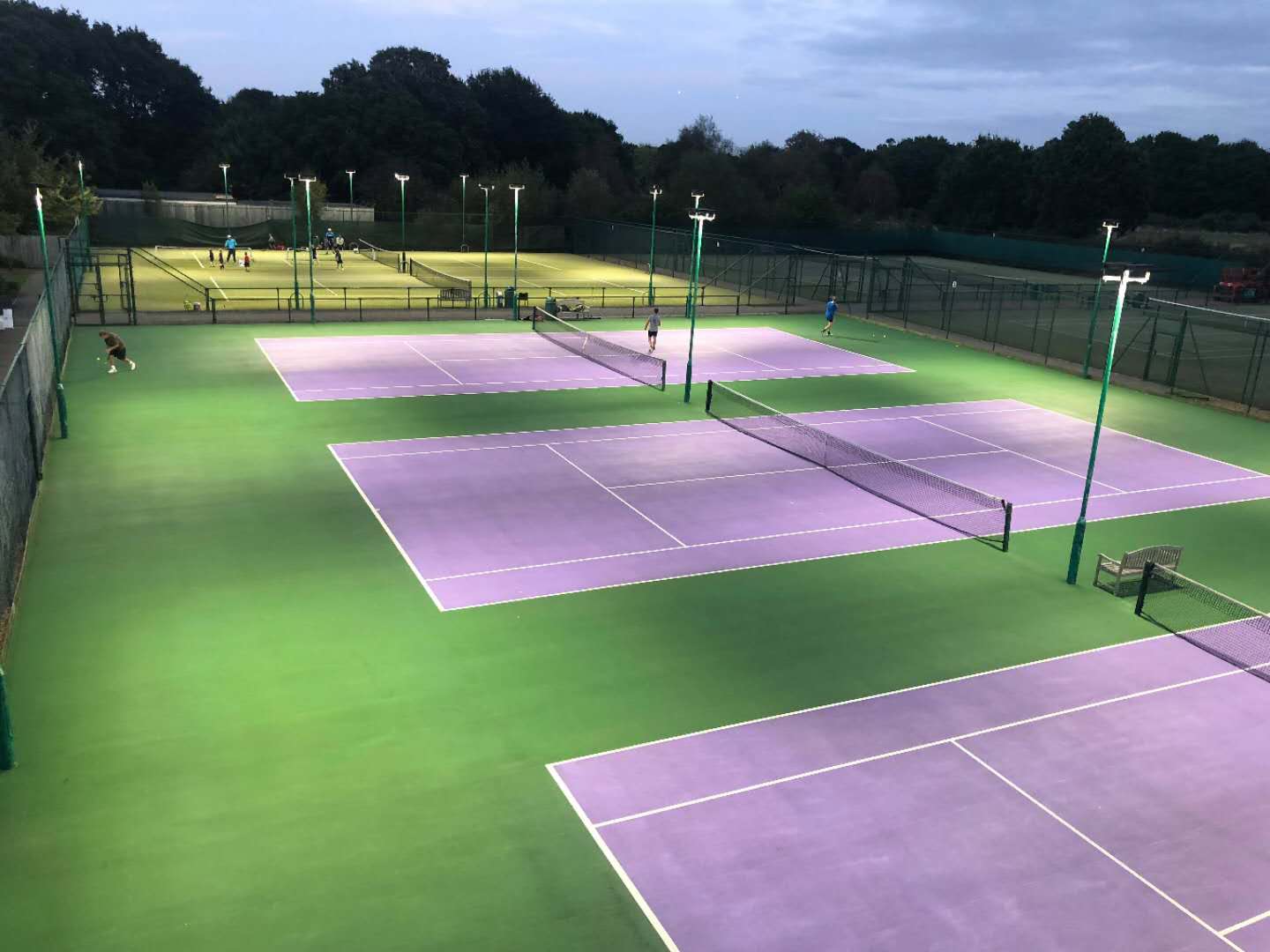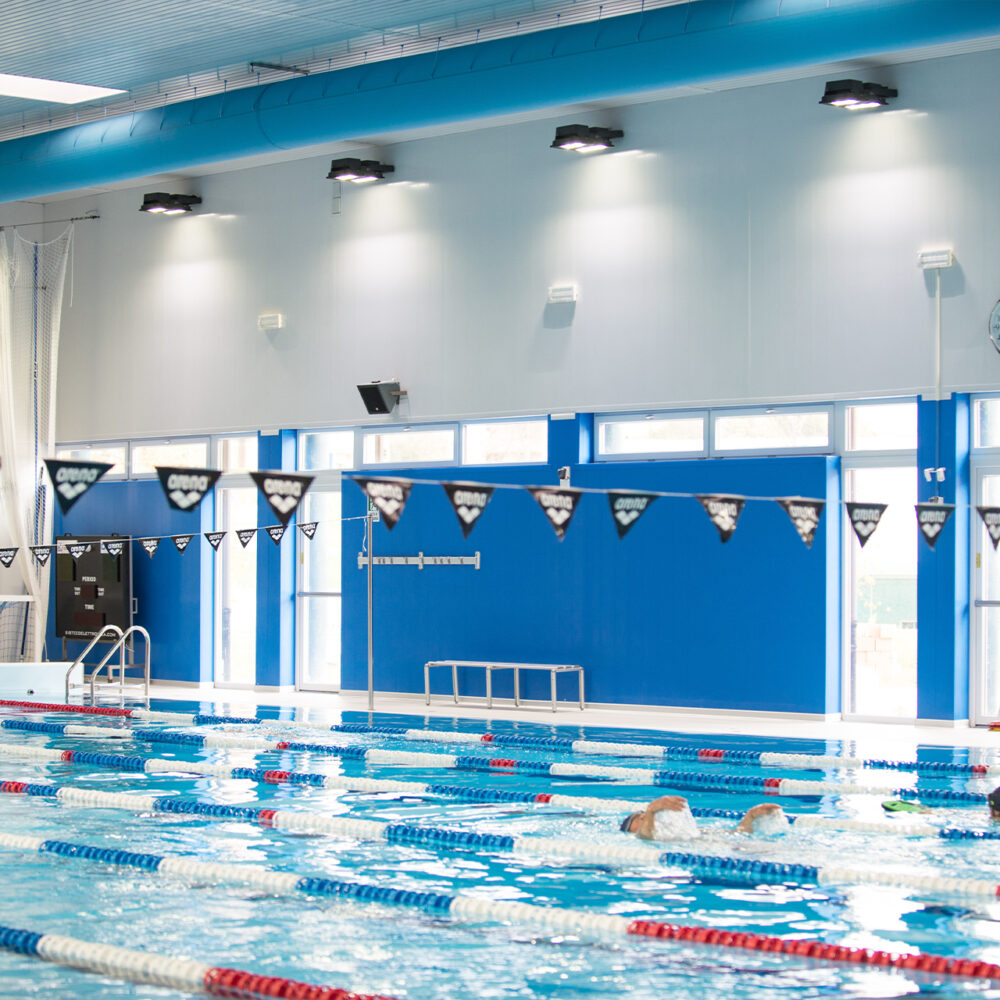The lighting system allows pupils to exercise in the schools’ sports halls and fields. Lighting projects that are well-designed help pupils feel safe and at ease when using the facilities. This in turn helps them perform better in the gym as well as during sports activities like basketball, volleyball, and football.

What effect does lighting have upon the school’s sports facilities?
Thanks to LED luminaires and the most recent technology, there are many options for lighting systems in schools, universities, and high schools. These products can also save you a lot of money. They also have a longer life expectancy than traditional options.
Additionally, the illuminated sports fields at education centres can be used to enhance their use and fulfill other important functions.
User experience improved
The right lighting conditions allow pupils to do their best physical exercises when the light is right. Correct lighting can also have a positive impact on the body’s natural circadian rhythm. The blue end of the spectrum can be boosted by LED technology, which gives people an increased sense of energy and vitality.
Avoiding collisions
It is possible to reduce glare, shine and increase the uniformity of lighting during training and matches. Multi-purpose sports facilities are often the largest spaces in schools. These facilities can be used not only for classes but also to host competitions, institutional acts or social events. Lighting must be flexible enough to meet different lighting requirements.
When users do circuits or trials, for example, lights in a gym may need to be on. To avoid potential dangers and risks associated with too much or too low light, it is important to have the option of increasing or decreasing light levels whenever and wherever needed.
Cost-effevtive on energy
When LED luminaires have been installed, the energy school lighting systems use drops by more than 50%. LED lights consume between 50% and 80% less energy than similar HID fixtures. LED outdoor lighting is more energy-efficient and can save schools thousands of dollars each year. This depends on how many fixtures are used and how long they are used. This means that LED lights can be easily recouped within a few years. Modern LED lights can also be used to provide vertical illumination, which is an important requirement for certain sports.
Add-ons to smart lighting control systems can be used to complement LED technology. These add-ons include motion sensors, dimmed lighting at night, and a variety of settings that can adapt to specific activities. This helps ensure that every area receives the right amount of light. We must also remember that we have many options for simple, easy-to-use centralised controls.
Less Maintenance
Because of the lighting technology used to make them work, LED fixtures can be reliable and simple to maintain. HID lights need more maintenance because of performance issues. HID lights require more maintenance than LED.
Quality and Lifespan
LEDs provide a bright, consistent, non-flickering, light for a long time. Typically, LEDs last for at least 50,000 hours. This is nearly twice the life expectancy of an HID light fixture. LEDs also don’t turn a different color like HID light fixtures after only 10,000 hours of normal use.
The most important elements of illumination systems
When setting up lighting systems, it is important to consider the following areas: average illuminance, light uniformity and glare control.
Regulations
The standard UNE EN 12193 governs lighting in areas designated for sports activities. This standard covers both new facilities and renovations. These requirements address safety, visual comfort, glare, prevention, integration, and energy efficiency.
Outdoor and Indoor courts
The main advantage of the vast increase in quality and variety of LED devices available on the market over recent decades is the fact that there is always an option, regardless of what setting it is. This means that it is possible to use LED devices in any type of outdoor or indoor sports facility at schools.
Outdoor courts should be considered in two aspects: night-time visibility, and glare. It is important to create an inviting space in indoor spaces. Neutral white (4,000 Kelvin), is the best choice.

Types of sports
It is important to remember that sports facilities are used for many different activities, and each activity requires its own lighting. Standard UNE-EN 12193 says that 200 lux is recommended for most ball games. However, tournaments and competitions will require illumination levels between 500 and 750 lux.
If there isn’t any netting, the luminaires in gyms must have a cover with a protective grille. Swimming pools have many glass windows to maximize natural light. However, it is important not to reflect sunlight or shine off the water. Additionally, all devices must be watertight and protected against accidental breakages.
Different sports locations may require different lighting techniques depending on the type of activity.
Baseball Field
A baseball field needs even lighting. The ball must be visible to the players at all times. This requires well-lit bases and plenty of lighting in the outfield. A typical high school baseball field requires 30-40 LED area lighting mounted 40-60 feet above ground.
Soccer Field
When deciding the lighting layout for outdoor soccer venues, it is important to consider the size of the field. Most high school soccer fields are approximately 360 feet by 265 feet. A field of this size will need approximately 14,000 watts worth of lighting.
Football Stadium
Lighting for a high school football field is the same as lighting for a soccer stadium. The spectators’ perspective is crucial when highlighting the playing fields. The entire field should be lit well, with a particular focus on each goalpost. For optimal results in football lighting, beam angles are essential.
Tennis Fields
Tennis courts are smaller than other venues and are usually enclosed. For best results, lighting should be concentrated and focused on the court. Ideal is to use multiple smaller LEDs that are placed 40-50 feet above the court.
Swimming Pools
Additional factors are involved if a swimming area is part of a school’s sports lighting upgrade. Safety is paramount. This means that the water surface reflections must be controlled. Although the design of the building may be important, uplighting is the best option. Swimmers will feel virtually no discomfort from the actual luminaire, as it is not within their peripheral vision.
It isn’t easy. The floodlight must be efficient to ensure that light bounces off ceilings and can reach 300 lux on average. This is where LEDs are increasingly being used, as the technology has improved to the point that it can easily achieve the required output.
Given the high temperatures in the swimming pool environment, it is inevitable that fixture integrity will need to be maintained. Corrosion is a common problem with legacy lighting and can often be a reason to invest in new systems. Many manufacturers are able to offer fixtures that resist extreme temperature and humidity due to the quality of modern coatings. Many manufacturers are able to provide additional coatings upon request. For example, those with a marine-grade compound that can be used for maritime or coastal applications.


The right light that suit for each requirement
It is common for pupils to look up in classes, matches and training sessions. This makes it important to ensure that schools have adequate lighting to allow them to see clearly. LED technology can be integrated into control devices to optimize energy efficiency and lighting levels. In certain cases, mobile or supplementary luminaires may be helpful.
Specialist VKS products
VKS offers a broad range of specialist products which can be used in sporting facilities. Particularly:
VKS FL3 series. This high-efficiency LED spotlight can be installed in many places such as around swimming pools, gyms, and around athletic tracks.
Airship UFO. This high bay LED luminaire is ideal for sporting facilities due to its efficiency and high performance.
Sports hall lighting projects must be designed carefully to account for all possible locations and the activities that may take place. This maximizes energy efficiency, can increase performance and adheres to regulations.
Post time: Nov-23-2022





